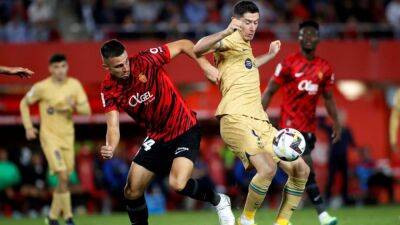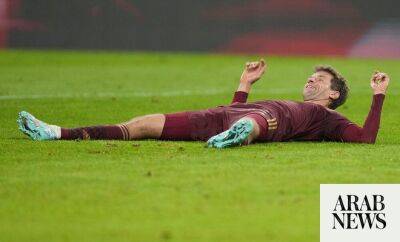Evolution of fielding positions in cricket and their strategic use
Among cricket’s unfathomable characteristics for those trying to understand the game from scratch are fielding positions and their names. Even once these are mastered, there is another, higher, plane to comprehend — that of their strategic use at different stages of the match. Over cricket’s history, positions, their use and importance, have evolved, continuously and gradually.
In pictures and photographs that depict the game up until the mid-19th century, fielders are shown to be static, dressed in elaborate headgear, sometimes top hats, which gave the impression that running after a cricket ball was a rare occurrence. Bowlers delivered the ball underarm, bats were of a curved design and those holding the bat had no leg protection. This set-up must have conditioned the direction in which the ball could be hit, along with its speed, both being determinants of where fielders were placed.
Anyone who has bowled in cricket will know the vital role played by the wicketkeeper. It is highly frustrating for a bowler to beat the bat, only to find that the wicketkeeper has been unable to catch or stop the ball. Until the late 18th century, it was customary for the bowler to assume wicketkeeping duties at the end from which he had just completed an over. The lack of a specialist wicketkeeper created the need for a fielder to be positioned behind the keeper on the boundary, known as long-stop. The position has now become obsolete as specialist wicketkeepers have assumed a critical role, especially once gloves and pads became available.
Standing in an arc to the immediate right or left of the keeper, depending on whether the batter is right or left-handed, are the slips. Their job is to catch or stop balls which glance off the






